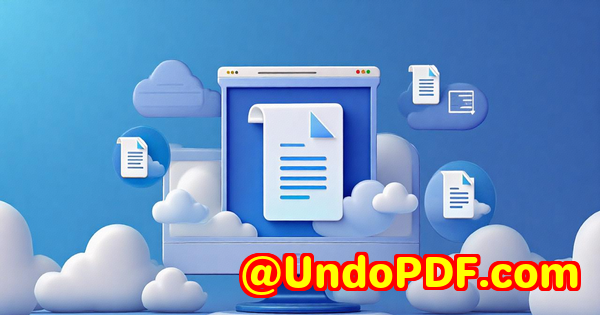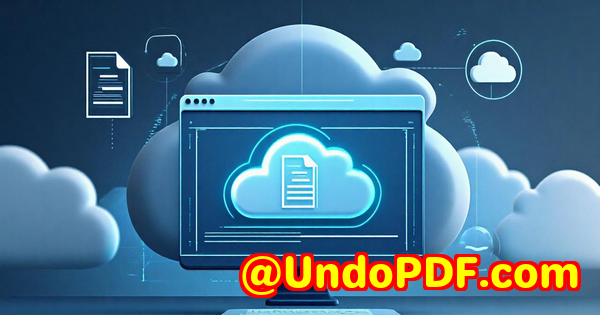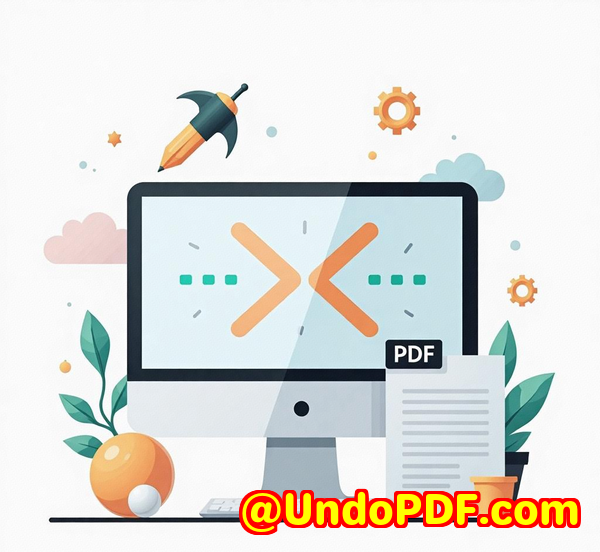How to Prepare DWG Files for Digital Publishing Using EPS or SVG Vector Export
How to Prepare DWG Files for Digital Publishing Using EPS or SVG Vector Export
Meta Description
Need to convert your DWG files for high-quality digital publishing? Learn how VeryDOC’s DWG to Vector Converter simplifies EPS and SVG exports for smooth publishing.

Opening Paragraph (Engagement)
You’ve got a pile of AutoCAD DWG files that need to be converted into high-quality vector formats for digital publishing. Maybe you’re working on a client project, or perhaps you’re just trying to streamline your CAD workflows. Either way, you know how frustrating it can be when your files don’t convert properly or end up with messy output that’s unusable in the real world.
I’ve been therestruggling with incompatible file formats, losing precision in conversion, or dealing with software that requires a steep learning curve just to get started. But then I stumbled upon VeryDOC’s DWG to Vector Converter (DWG2Vector), and things changed. It’s been a game-changer, especially when you need precise control over how your DWG files are converted for digital publishing.
Body (Product Solution + Personal Experience)
When you’re working with AutoCAD files, getting them into the right format for digital publishing is more than just a matter of saving them in a different file type. You need scalable vector formats that retain the integrity and precision of your designs. That’s where the DWG to Vector Converter comes in.
I first came across this tool while managing a large architectural project. We needed to convert hundreds of DWG and DXF files into formats like EPS and SVG for inclusion in digital magazines and online portfolios. Let me tell you, the difference was night and day compared to other tools I’d used in the past.
How It Works
VeryDOC’s DWG to Vector Converter is a command-line-based tool, and while that might sound intimidating at first, the learning curve isn’t steep. The software runs smoothly on both Windows and Linux platforms and supports a wide range of DWG and DXF versions, from R12 all the way up to the latest releases. I’ve used it to batch-process entire folders full of files without breaking a sweat. Whether you’re using AutoCAD 2000 or newer, DWG2Vector has got you covered.
Key Features I Use
-
Batch Conversion: This feature has been a lifesaver. You can convert multiple DWG or DXF files at onceno need to open them individually or fiddle around with tedious manual conversions. For example, I had a batch of 50 files to convert into SVG for a client’s digital brochure. With one command, all 50 files were converted with minimal effort.
-
Customizable Output Settings: DWG2Vector gives you granular control over the output, such as setting the DPI resolution, adjusting line width, or choosing whether to output in color or black and white. When you’re publishing CAD files for professional use, these small details make a big difference in the final quality. I’ve used this feature to adjust DPI and line widths to ensure my output is always publication-ready.
-
High-Quality Vector Output: Unlike many other converters that produce fuzzy or distorted graphics, DWG2Vector outputs high-quality vector files in formats like EPS, SVG, WMF, and PDF. When you export to SVG or EPS, the lines and curves are crisp, and the file size is optimized for web use.
-
Create Separate Output for Each View: This option is perfect when you want to export multiple views from a DWG file into different output files. For example, if your DWG file contains several architectural views of a building (e.g., top view, side view, etc.), you can tell DWG2Vector to generate separate output files for each view.
Personal Experience with EPS and SVG Exports
What really impressed me with DWG2Vector was its ability to handle EPS and SVG exports seamlessly. If you’re preparing CAD drawings for high-quality print or online publishing, EPS is often the go-to format. But not all converters can handle it correctly. Some produce bloated files, while others miss out on key details like font integrity or line precision.
For one particular project, I needed to convert a complex set of floor plans into SVG for inclusion in an interactive digital magazine. I initially tried using other tools, but they either distorted the scale or didn’t retain the fonts properly. DWG2Vector, on the other hand, handled the conversion flawlessly. The resulting SVG files were clean, fast-loading, and fully editable.
Conclusion (Summary + Recommendation)
After working with various CAD conversion tools over the years, I can honestly say that VeryDOC’s DWG to Vector Converter has made my life a whole lot easier. From batch processing to customizable output settings, the software has all the features you need to prepare DWG and DXF files for digital publishing without the usual headaches.
If you’re in a field like architecture, engineering, or graphic design, where high-quality digital publishing is crucial, I highly recommend giving this tool a try. Whether you’re exporting to EPS, SVG, or any other vector format, DWG2Vector ensures that your designs come out crisp, precise, and ready for professional use.
Click here to try it out for yourself: DWG to Vector Converter
Custom Development Services by VeryDOC
VeryDOC also offers custom development services to meet your specific technical needs. Whether you need tailored solutions for DWG to vector conversions, integration with your existing systems, or a completely custom workflow, VeryDOC’s team is ready to help. From PDF processing to cloud-based solutions, the experts at VeryDOC can develop exactly what you need, based on technologies like Python, PHP, C#, .NET, and more.
If you have unique technical requirements or need a specialized tool for your workflows, reach out to the VeryDOC support team at https://support.verypdf.com to discuss your needs.
FAQs
1. What file formats can I convert DWG to with VeryDOC’s DWG2Vector?
You can convert DWG and DXF files to PDF, SVG, EPS, WMF, EMF, XPS, PCL, and several other vector-based formats.
2. Does DWG2Vector support batch conversion?
Yes, DWG2Vector allows for batch processing, so you can convert multiple DWG or DXF files at once, saving a significant amount of time.
3. Can I control the resolution and line width of the output?
Absolutely. DWG2Vector gives you full control over the DPI resolution, line width, and even colour settings, so you can fine-tune the output according to your needs.
4. Is DWG2Vector compatible with all versions of AutoCAD?
Yes, DWG2Vector supports DWG and DXF files from AutoCAD versions as early as R12 through to the latest versions.
5. Can I use DWG2Vector on both Windows and Linux?
Yes, DWG2Vector is compatible with both Windows and Linux, making it a versatile choice for different development environments.
Tags or Keywords
DWG to Vector, EPS Export, SVG Conversion, Batch Conversion, AutoCAD File Conversion, Digital Publishing, DWG to SVG, DWG to EPS, DWG to PDF, Vector Graphics



